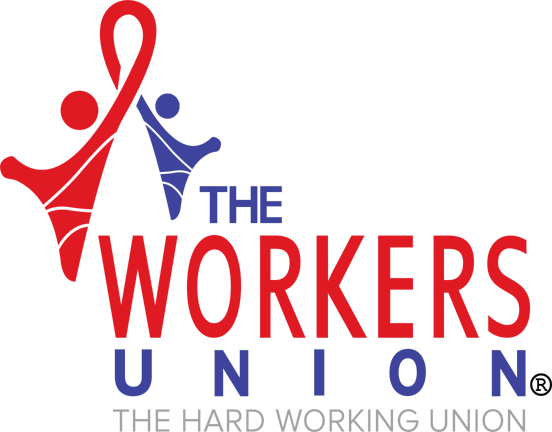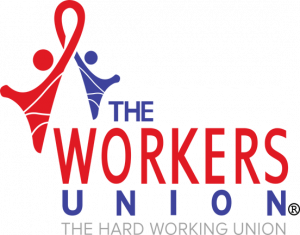Research compiled by IT giants Microsoft has revealed that company bosses distrust home workers, believing them to be less productive than office-based staff.
Microsoft quizzed 20,000 employees from a total of 11 countries and uncovered a large disconnect between employees’ perceptions of their work and that of their managers. 87 percent of staff thought that they worked at least as efficiently at home as they do in the office; but 85 percent of business chiefs were concerned about their teams’ productivity.
The chief executive of Microsoft, Satya Nadella, told BBC News that managers need to take steps to address this issue, as the effects of COVID are likely to rule out a return to pre-pandemic patterns of working:
‘We have to get past what we describe as ‘productivity paranoia’, because all of the data we have that shows that 80% plus of the individual people feel they’re very productive – except their management thinks that they’re not productive.
‘That means there is a real disconnect in terms of the expectations and what they feel.’
The survey also revealed the impact that post-pandemic thinking has had on business/employer relations, with 73 percent of staff claiming that they need more incentives to attend the office than company expectations.
At the same time, workers are feeling overwhelmed by the number of remote meetings they are asked to join. Data culled from Microsoft’s virtual communications software Teams unearthed a 153 percent increase in the number of meetings for the average user, and a 46 percent increase in the number of overlapping meetings per employee in the last 12 months.
Training and development is also under the spotlight, with over half of workers claiming that they will have to leave their current employment to develop their skills.
The Workers Union Says…
In article after article, we have argued that companies can no longer expect to drag their workforce into an office 5 days a week. That model was wheezing its last even before COVID hit, but the forced reconfiguration that the virus brought showed that on site working was the result of historical precedent and management paranoia. COVID ended up challenging the pernicious myth that workers only work when they are labouring under strip lights. Businesses survived and those that invested in flexible working as a core value found that there were dividends in terms of staff commitment and loyalty.
And yet the ugly connection between attendance and effort has not been banished from the minds of some senior execs. The question for them, must be how long they can continue to harbour these reservations while the complexion of the workforce is changing rapidly. Young workers are so used to virtual comms that jobs offering remote working for all or some of the time are bound to prove more attractive than positions with commuting strings attached. Older workers re-entering the jobs market have commitments that need to be worked around – just as mid-career job changers want enhanced flexibility as standard.
These are the lessons of the age and boardrooms that ignore the warnings will find themselves behind the curve in the race for talent.





